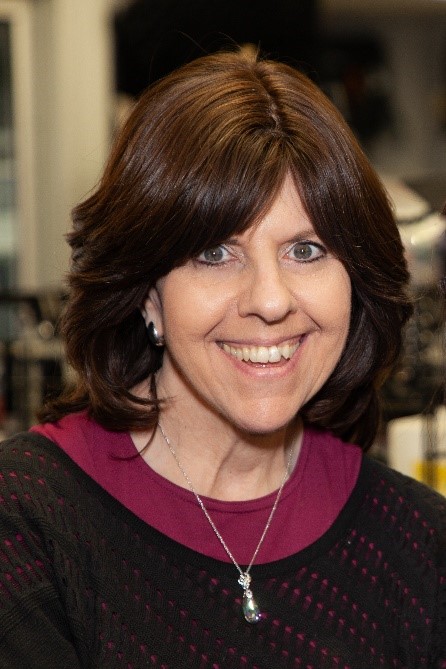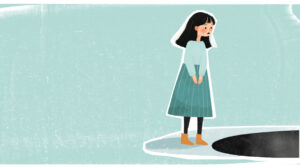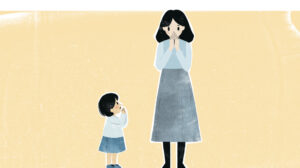When the Heart Breaks

Dr. Elaine Kamil was shocked when she was diagnosed with Broken Heart Syndrome. Here’s how she discovered the condition and got it under control

"I had just returned home from a busy work trip to Washington, D.C., in 2013, and as I was falling asleep, I developed severe chest pain. I was 66 and I thought to myself, ‘No way!’” relates Dr. Elaine Kamil. “I had no serious health conditions. And even though I was on blood pressure medications and a low dose of a lipid-lowering agent, my lipids were great.”
Despite the late hour, Dr. Kamil, a pediatric nephrologist at Cedars-Sinai in Los Angeles, who also has a faculty appointment at UCLA, headed for the ER. “When I was admitted, my cardiologist was called and informed that I was there for a coronary issue. He was surprised because just a few months prior, I’d done a stress echo — an echocardiogram done while exercising — and it was normal.”
It turned out that the problem wasn’t her coronaries. When the doctors did a cardiac catheterization the next morning, they discovered the real issue: Takotsubo Cardiomyopathy.
Breaking Under Pressure
In Japanese, the word “Takotsubo” means “octopus trap,” which is similar to the shape the heart’s left ventricle takes when affected by Takotsubo Cardiomyopathy. But the condition has other names, too: Apical Ballooning Syndrome (since it causes the lower part of the left ventricle to balloon out), and Stress Cardiomyopathy.
The most common name for the condition, however, is Broken Heart Syndrome because “the initiating factor appears to be intense psychological emotional stress, such as a sudden personal loss,” notes Dr. David A. Kass, M.D., director, Institute of CardioScience, Johns Hopkins University School of Medicine.
Though Broken Heart Syndrome is often triggered by a sudden traumatic event, such as a car accident or living through a natural disaster like an earthquake, other times, “It occurs in individuals who may have had some initial emotional or physical trauma, but their stress levels increase more slowly over time without their being aware of it,” says Dr. Kass.
There’s been an uptick of Broken Heart Syndrome since last spring. “Cleveland Clinic and the Journal of the American Medical Association researchers have found a rise in Broken Heart Syndrome during the COVID-19 pandemic,” notes Dr. Kamil. “More patients are coming in with presenting symptoms — probably because of the stressors of being home, being isolated, and worrying. I’ve also read that some people who had a severe case of COVID have experienced an episode of Takotsubo.”
Oops! We could not locate your form.













